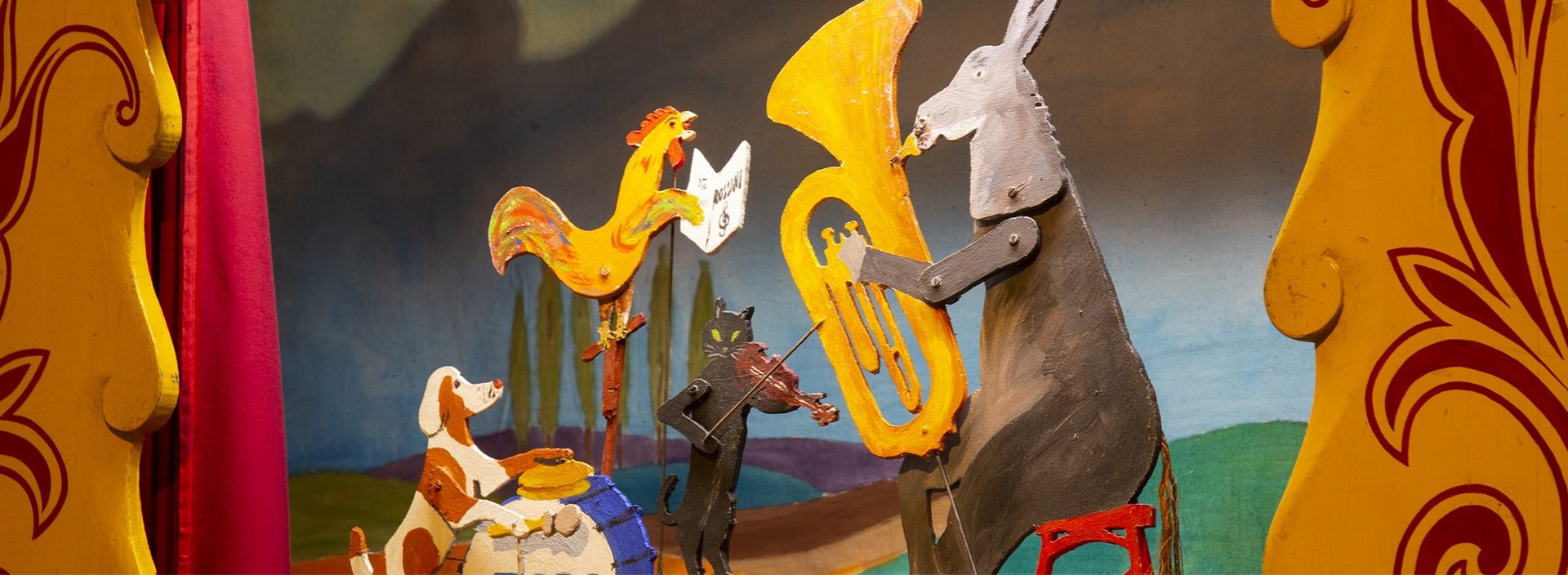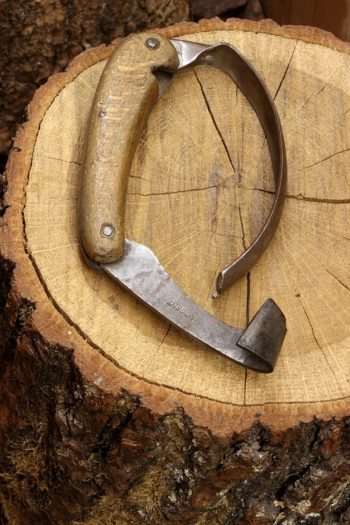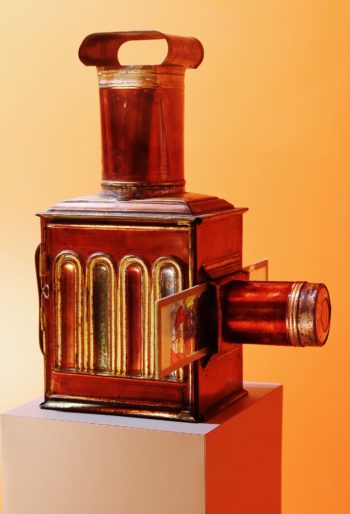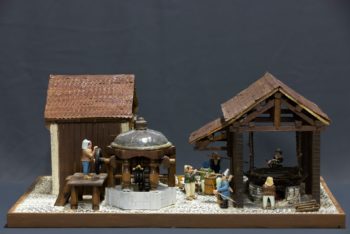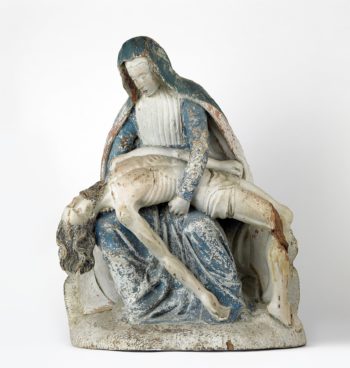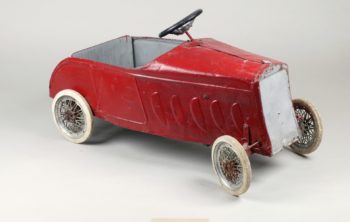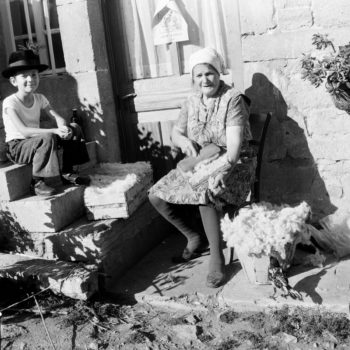Museum history
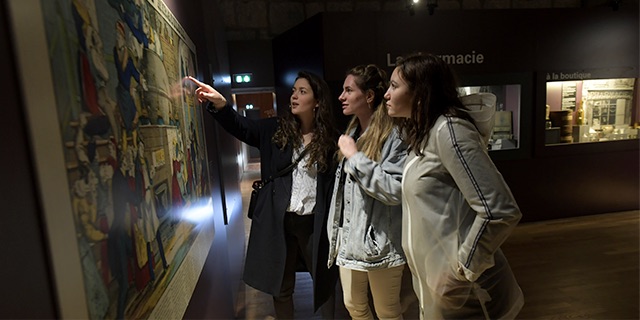
The Musée Comtois project was launched in 1946, with the close support of the French government, and moved to the Palais Granvelle in 1948. After the city acquired the Citadelle in 1958, it was renamed the "Musée populaire comtois" when it moved into the Citadelle's Front Royal in 1960.
A museum of ethnography and regional history, it was inspired in part by the Musée national des arts et traditions populaires created in Paris in 1937 as part of the Front Populaire movement. But it was also, and above all, born of the interest of a priest, Abbé Jean Garneret, for a rural culture in the throes of change. Trained in field ethnology, he embarked on a vast collection of artefacts in the 1930s, before being appointed in 1948 by the Direction des Musées de France to oversee the museum's scientific project. With the support of the Folklore comtois association, he assembled collections covering the various aspects of Comtoise society, as well as a substantial documentary collection.
His love of people, which was at the root of his vocation as a priest, also led him to collect and record everything that made up the popular memory of the Comtoise region. Between 1943 and 1985, he was behind the creation of four museums: the Musée paysan in Corcelles-Ferrière (Doubs), the Musée comtois in Besançon, the Musée-Parc in Petite-Chaux (Doubs), and the Musée de plein air des Maisons Comtoises in Nancray (opened in 1988 and dedicated to rural architecture).
At the same time, Abbé Garneret continued his investigations. He drew, photographed, interviewed and collected. He published several works and, in 1947, created the Barbizier magazine, an almanac that became a benchmark journal of regional ethnology, still published today. This work of preserving regional heritage is continued today by the Folklore comtois association, of which he is the founder.
For over 75 years, with the help of local heritage associations, the museum has been collecting and studying over a hundred thousand photographs and objects representative of the rural and urban skills and traditions of Besançon and Franche-Comté. Since the 2000s, the museum has been focusing on ethnology and society, going beyond the single regional framework it had imposed on itself until the end of the 20th century: it is also a museum open to the world and today's societies.
Today, the Musée comtois is proud of its heritage, but it is also evolving: a people's museum, a regional museum, it is also a museum of society, which continues to question social and economic changes and takes an anthropological look at the major themes that punctuate the life of every human being: birth, growth, food, work, entertainment, belief, death...
The museum studies, appraises, restores, photographs and digitizes the many and varied works in its collections. Its mission is also to promote and disseminate this heritage through exhibitions, publications and communications.
A true collective memory of a border territory with a complex, rich and human history, the Musée comtois invites visitors to make the connection between traditions (living or disappeared) and their contemporary way of life... But also, to wonder about the transmission to future generations.
Detailed collections
About the collections
The Musée comtois conserves a vast photographic collection (over 73,000
clichés) and around 30,000 objects, originally collected by Abbé Jean Garneret and members of Folklore comtois, then enriched by acquisitions and numerous private donations. Today, these testimonies form the treasures of our reserves and exhibitions, providing a better understanding of the social and cultural life of a frontier region in constant evolution!


